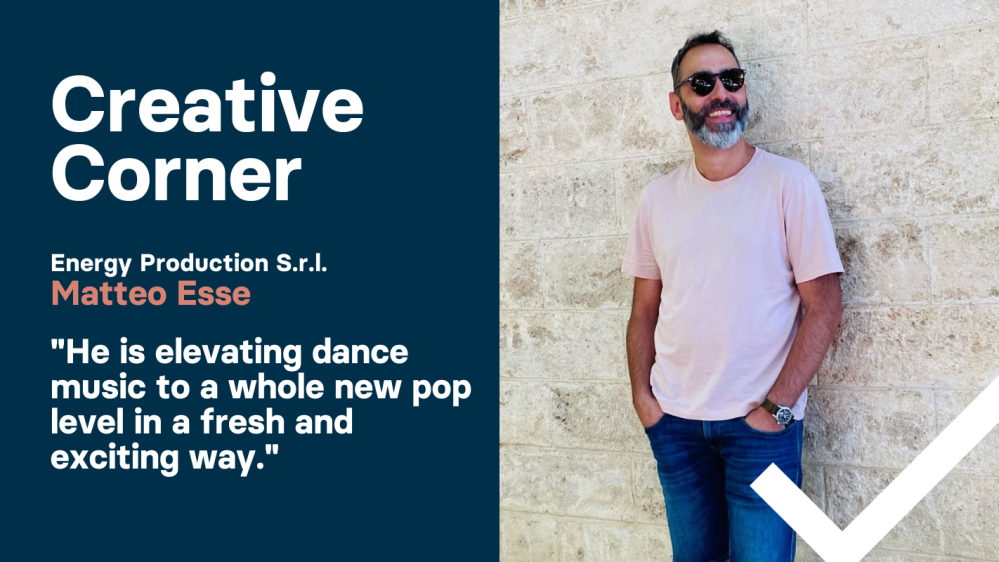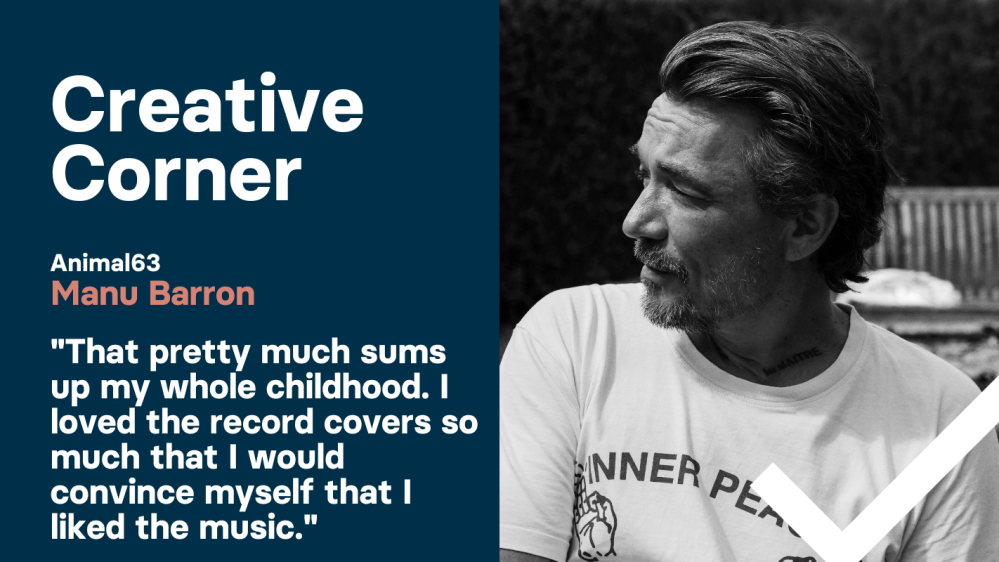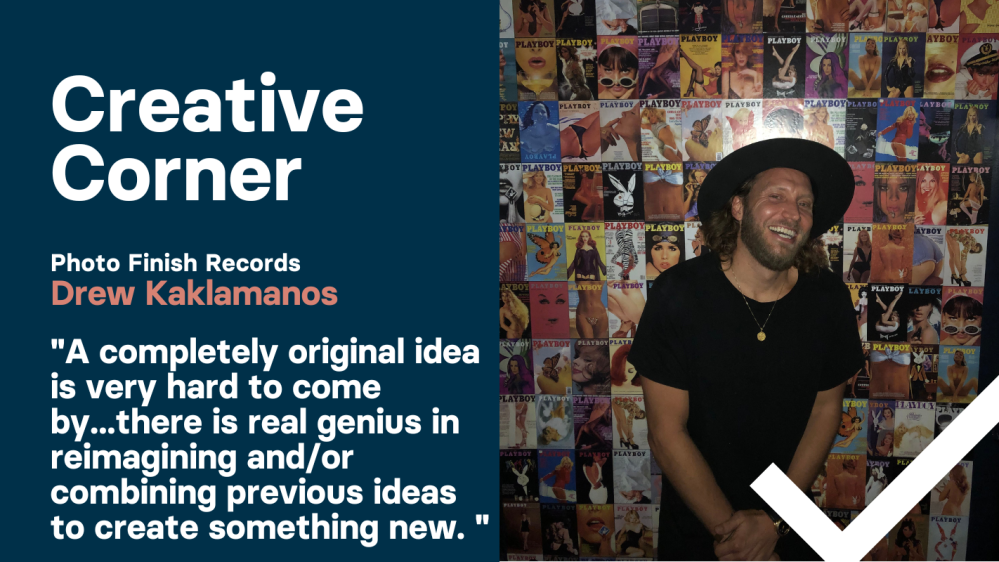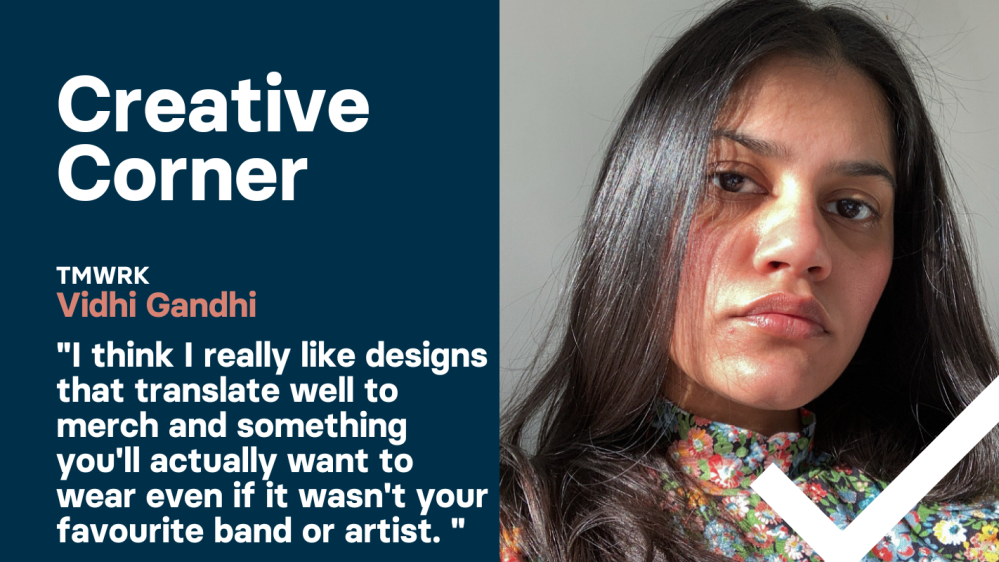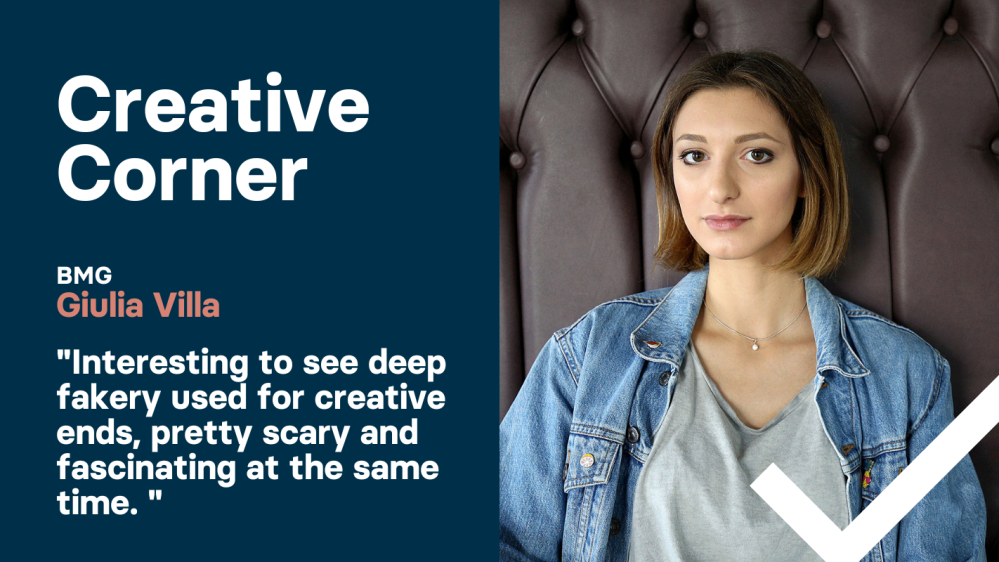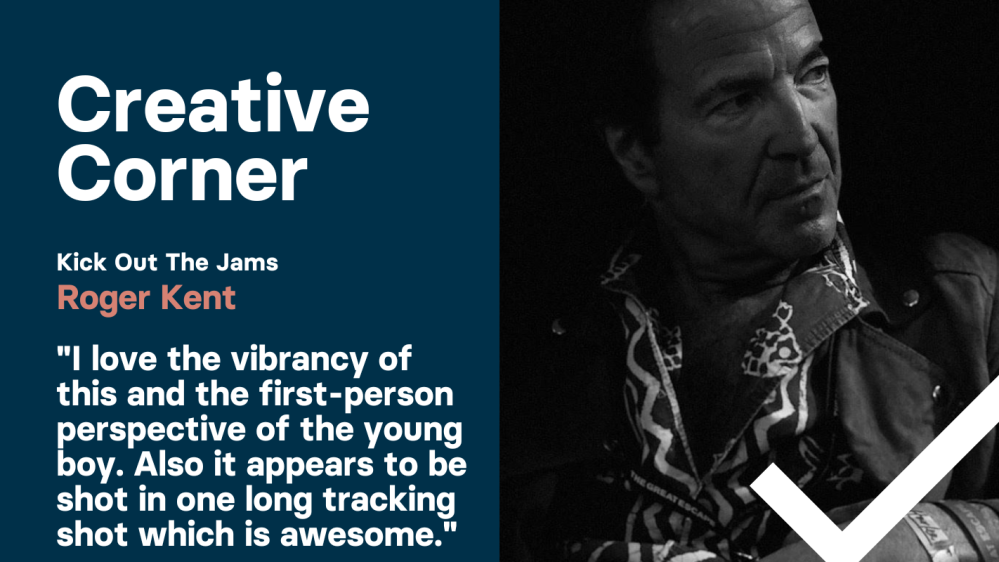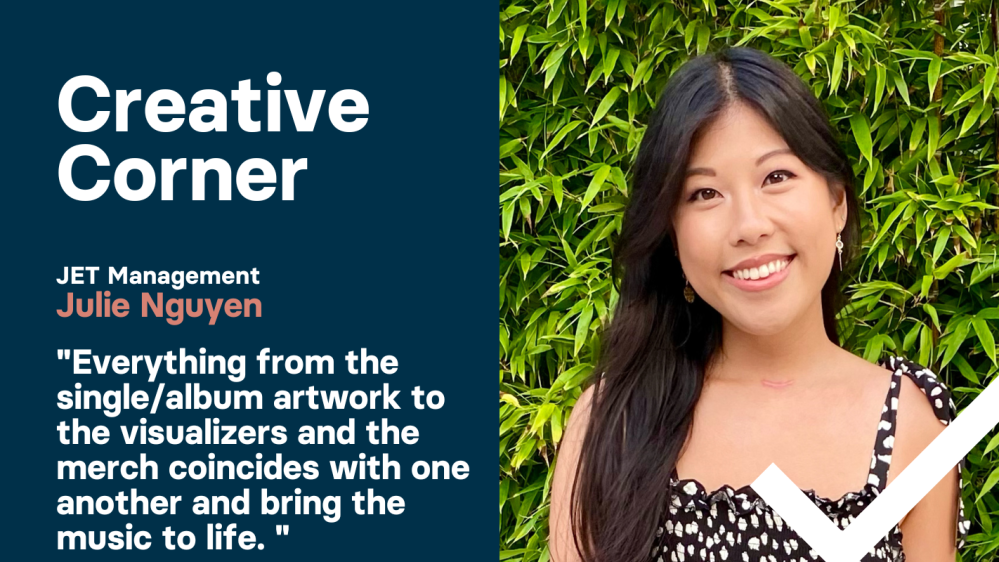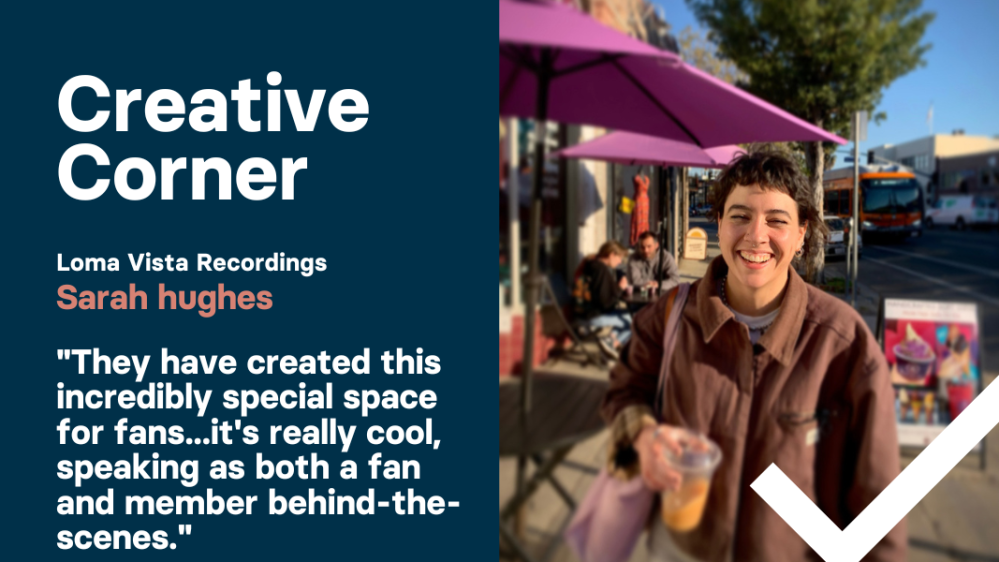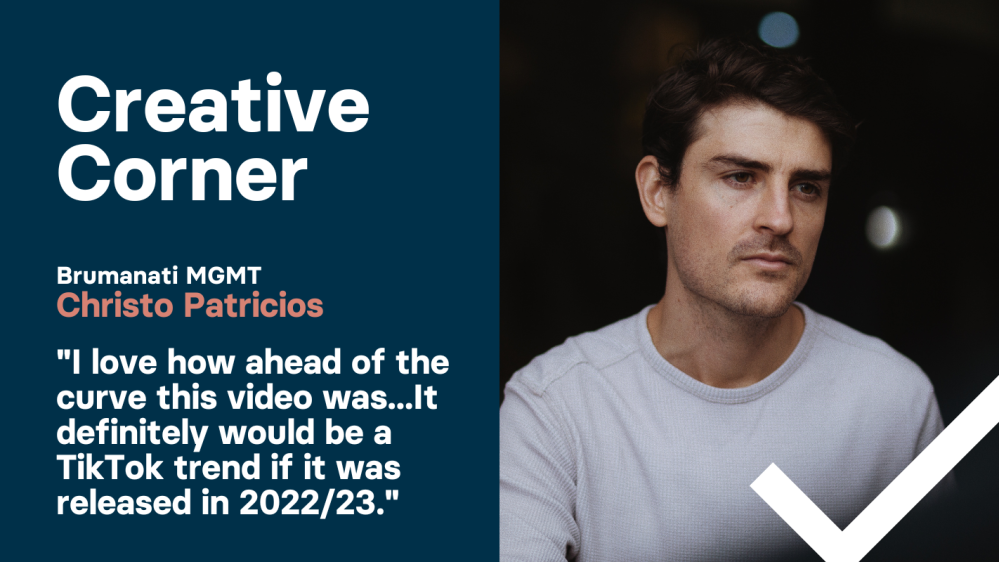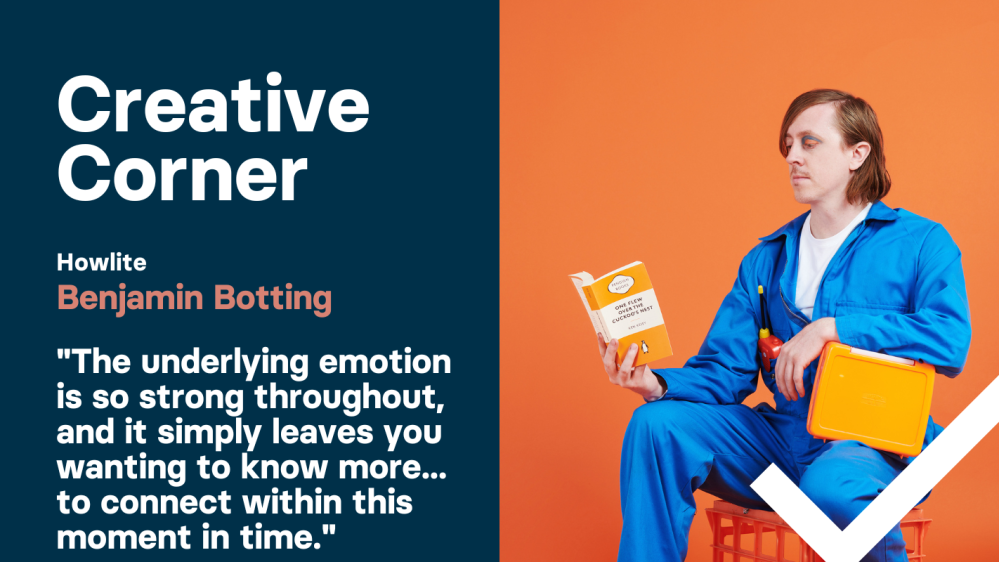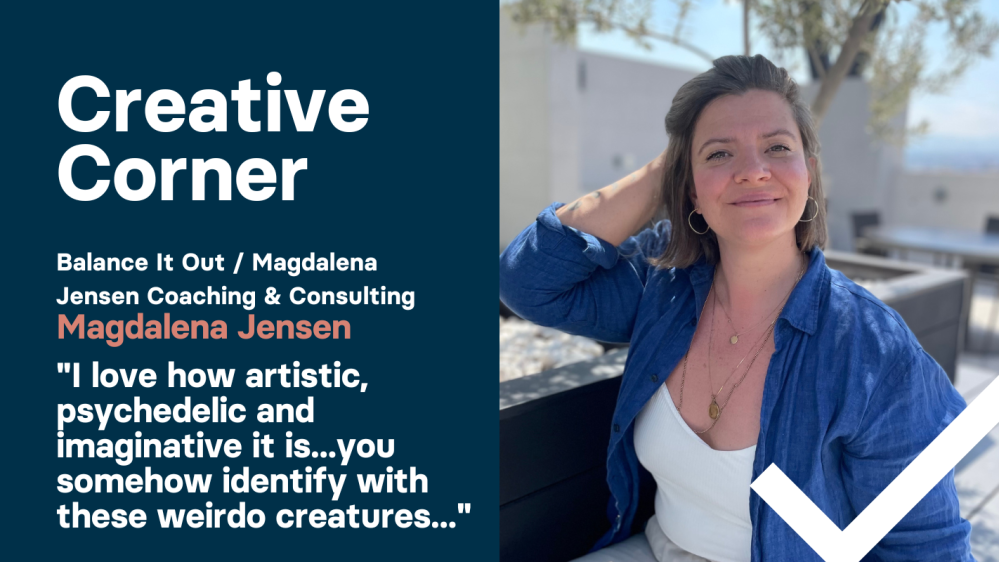
written by Hatti Rex
“We were sticking bits of metal and wood in the back of the kebab to try and hold it up so that the type was still crisp,” - a Valleys accent is on speakerphone describing a very specific setup in the 90s at a hired kebab shop on Holloway Road in London. “At the end of the shoot, they took the meat, wrapped it all in cellophane and stuck it in his freezer to sell it on.”
We’re on the phone to designer Alex Jenkins as he explains a very memorable shoot day as the Art Director at XL Recordings, creating artwork for The Prodigy’s Fat Of The Land album which was rejected in favour of the iconic crab on the beach artwork.
“I told Liam (Howlett, their producer) about this and he was like ‘yeah loads of people in North London have eaten a part of rock and roll history man!’”
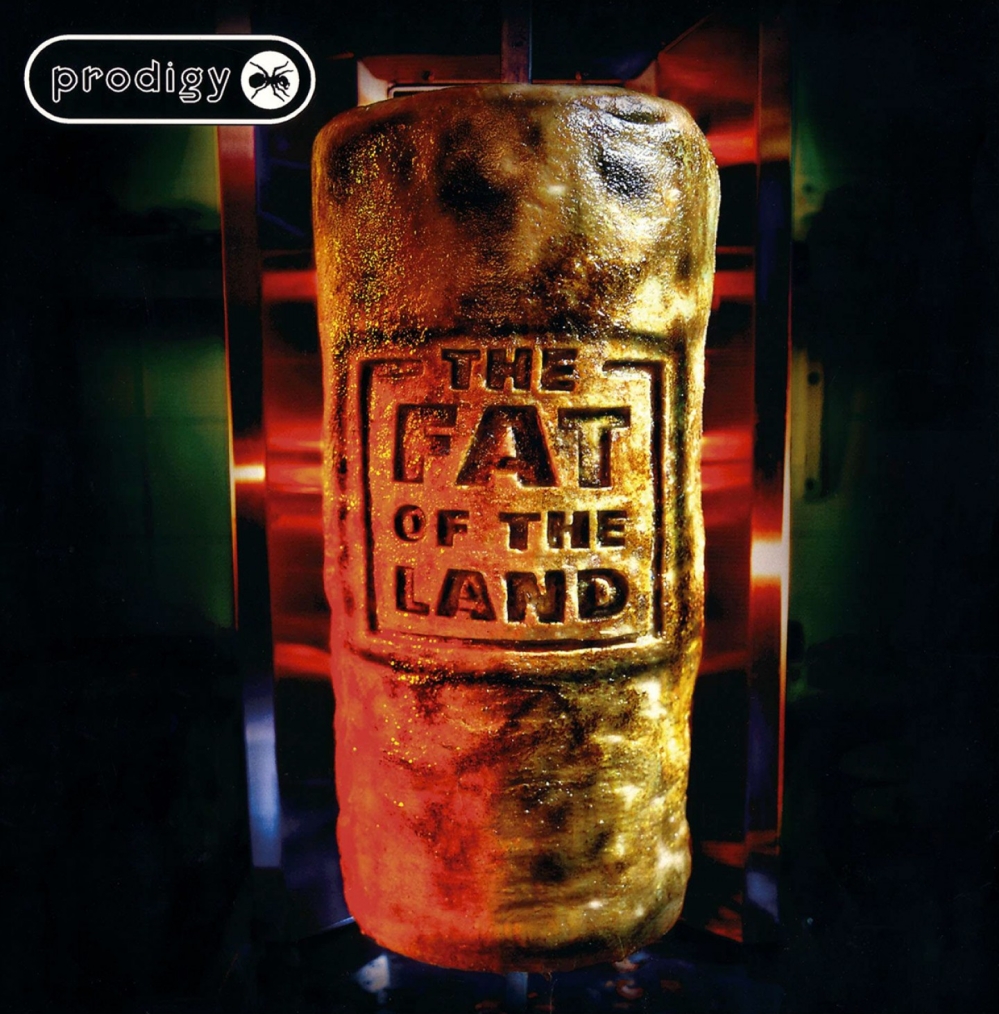
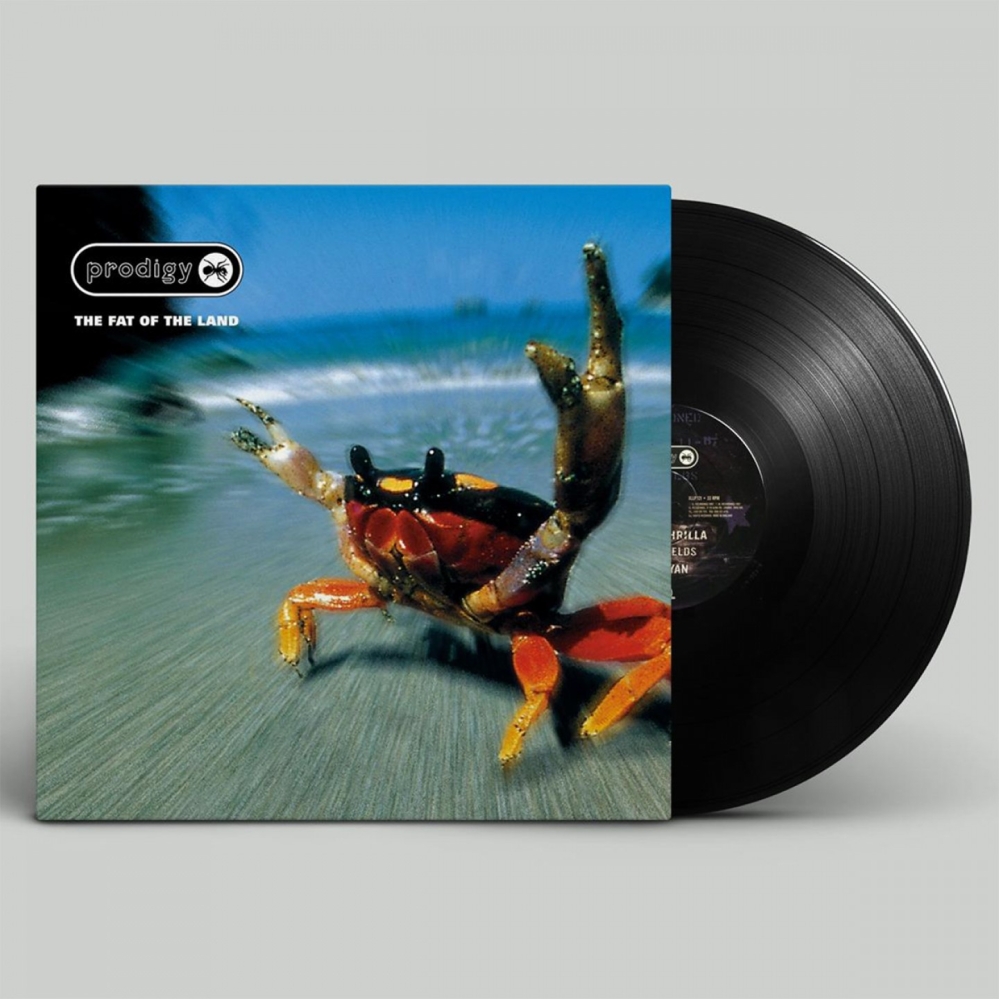
Working on something so big and unexpectedly seeing it in the flesh has the exact effect you’d think it has. Alex recalls encountering his larger than life artwork for the first time driving to work through Putney.
“This double decker pulled out and it had the crab at the back of the bus. It’s hard to quantify when you’re sat on a Mac in front of a screen, and you’re putting a piece of type into a square and you’re sticking a crab on it. You don’t really know how big it’s going to be. I ended up following the bus around for a couple of hours, to be honest, it was phenomenal.”
Peter Saville and Vaughan Oliver
Growing up with a brother five years his senior, his interest in graphic design and music first began with Peter Saville’s work for Joy Division and Vaughan Oliver’s for The Pixies. The local record stores, including HMV, became like a library. “The most creative stuff was coming out of the music industry in terms of design, people were really pushing it and pushing the boundaries of it and I was really excited to be a part of it. If it was that or designing a leaflet for the council, I’d rather be doing that. There’s no comparison and I’ve done both!”
After graduating from the University of Bath, where he redesigned an Orbital sleeve as part of one of his modules, creative work was difficult to find so Alex ended up temping at a Christmas tree factory.
“I did the Christmas tree thing for about four or five months and then got a job as a Mac operator preparing artwork for print. During that time I was doing loads of flyers for dance music nights. Then, while I was sat in this label-printing company I worked for, I saw a job as a graphic designer for XL Recordings in the back of Design Week. So I wrapped it all up in this cardboard tube, mailed it off and then got an interview”.
The rest is history. Upon packing up and moving to London, his first staff project was designing the XL logo and his first official sleeve was for Firestarter, which famously went to number one.
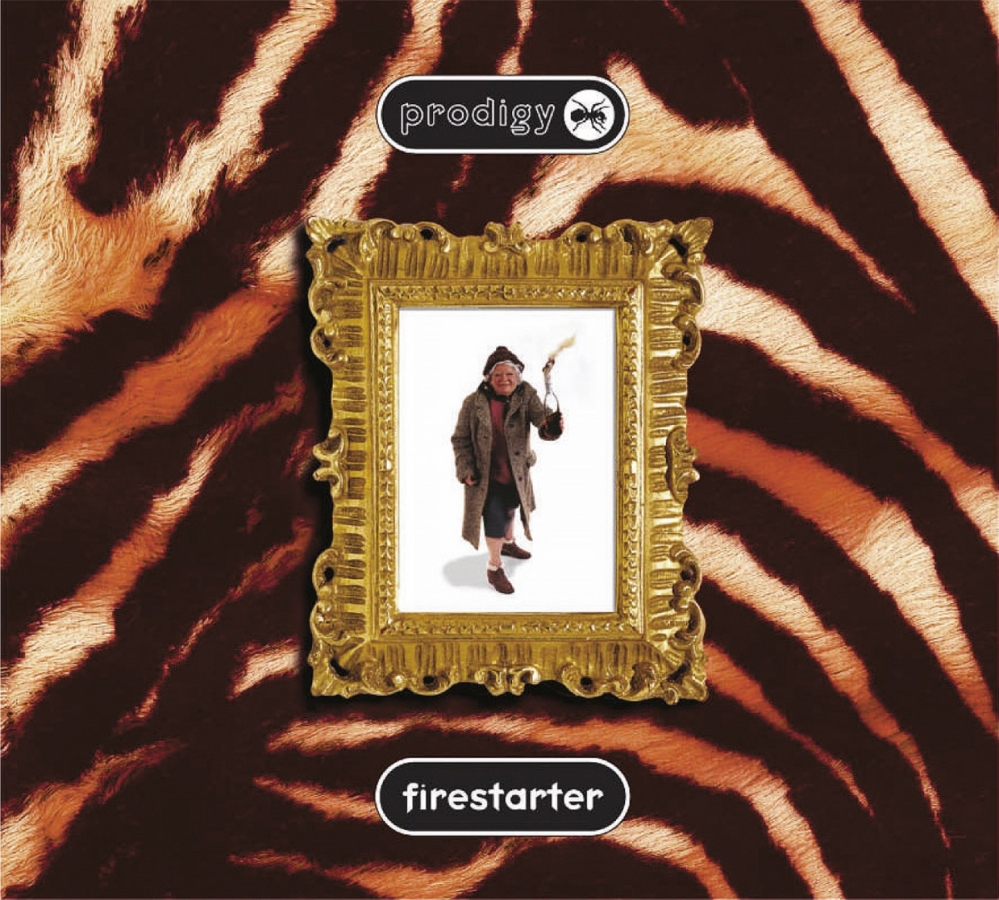
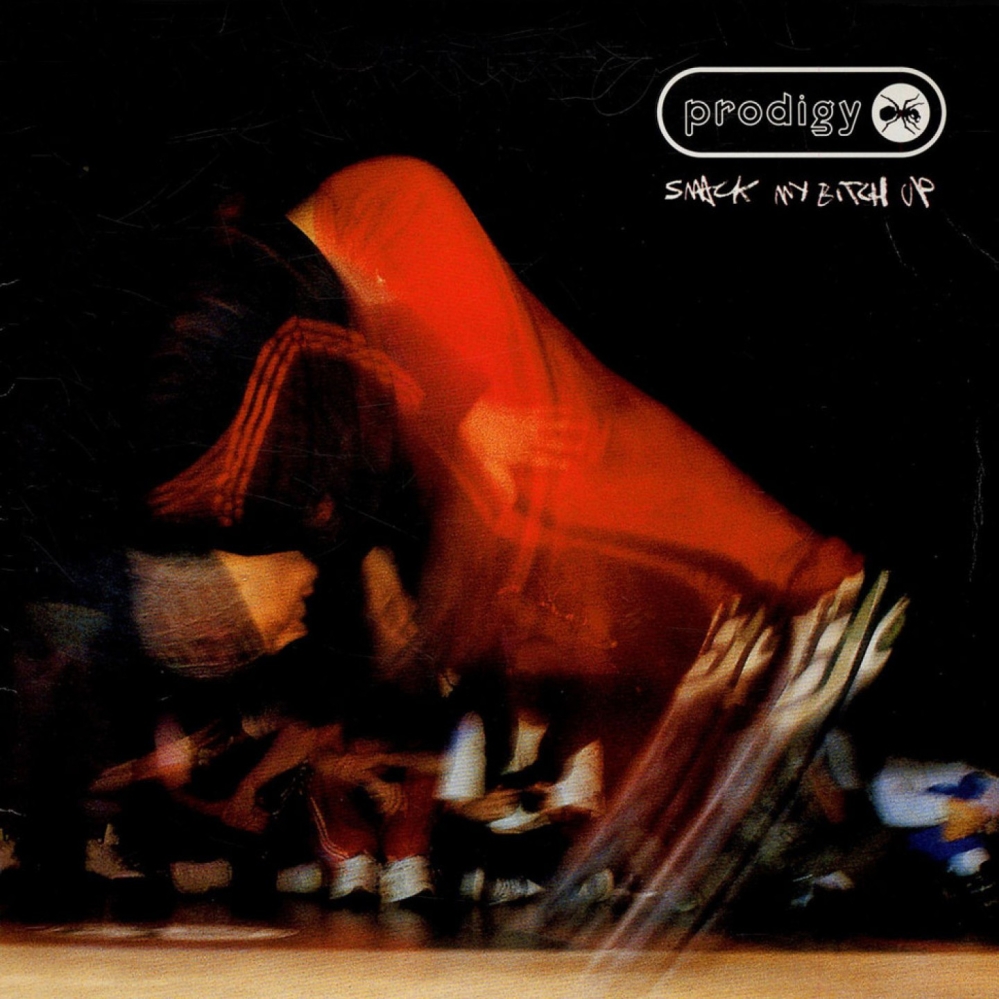
“Nick Worthington was head of A&R, he left XL and went to join a creative company called 679, which was part of Warner Music. He gave me a call and was like: ‘You gotta come and meet this kid’.”
Conceptualising and constructing these standout designs for breakout artists on stratospheric trajectories didn’t cease after going freelance as Alex soon became the brains behind the unforgettable branding for The Streets.
“I was sort of asking him [Mike Skinner] questions about what he did and he was like: ‘I smoke dope and stuff’ and he pulled this lighter out and said ‘I build my joints using this lighter.’ He pulls the filament out and for some reason that just stuck in my head, and that’s where the lighter idea came from.”
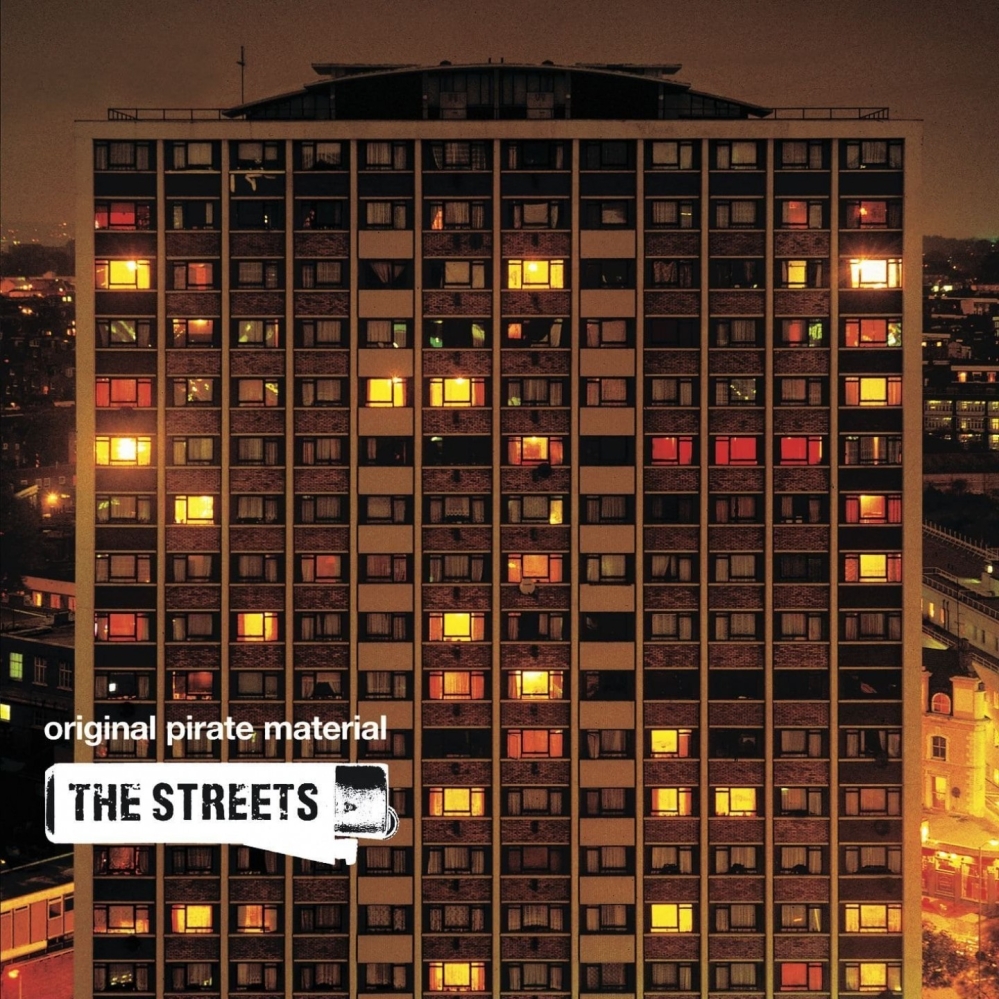
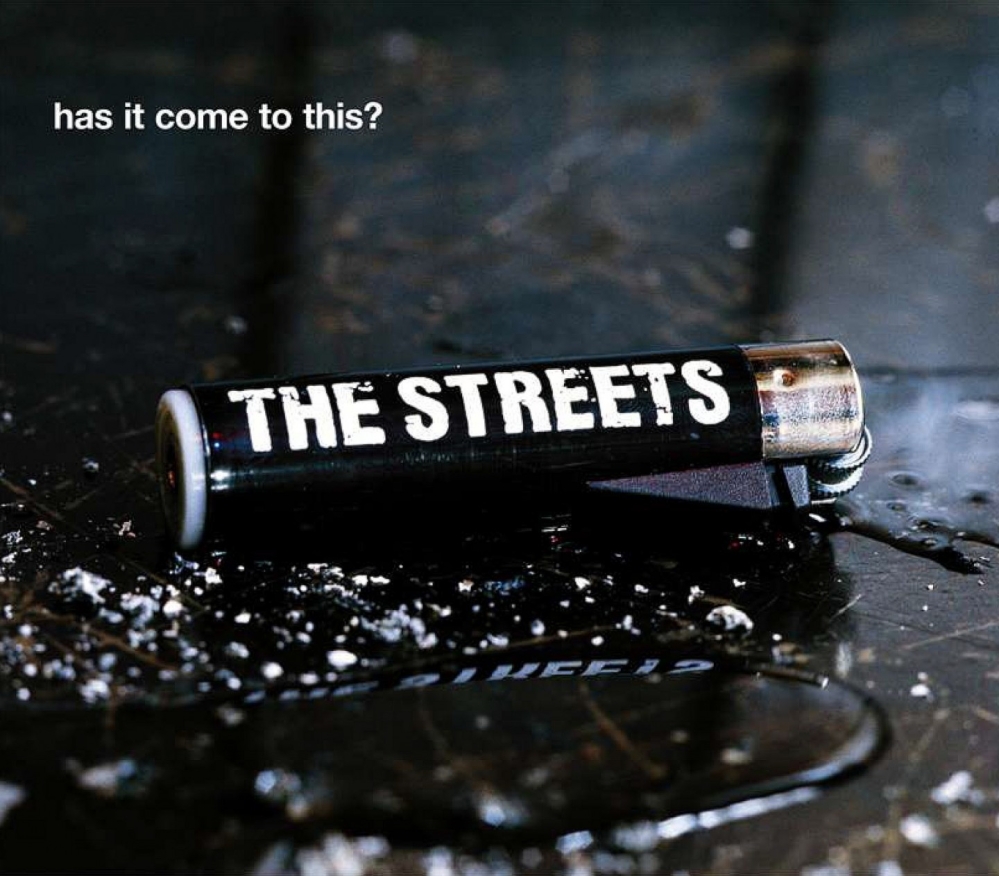
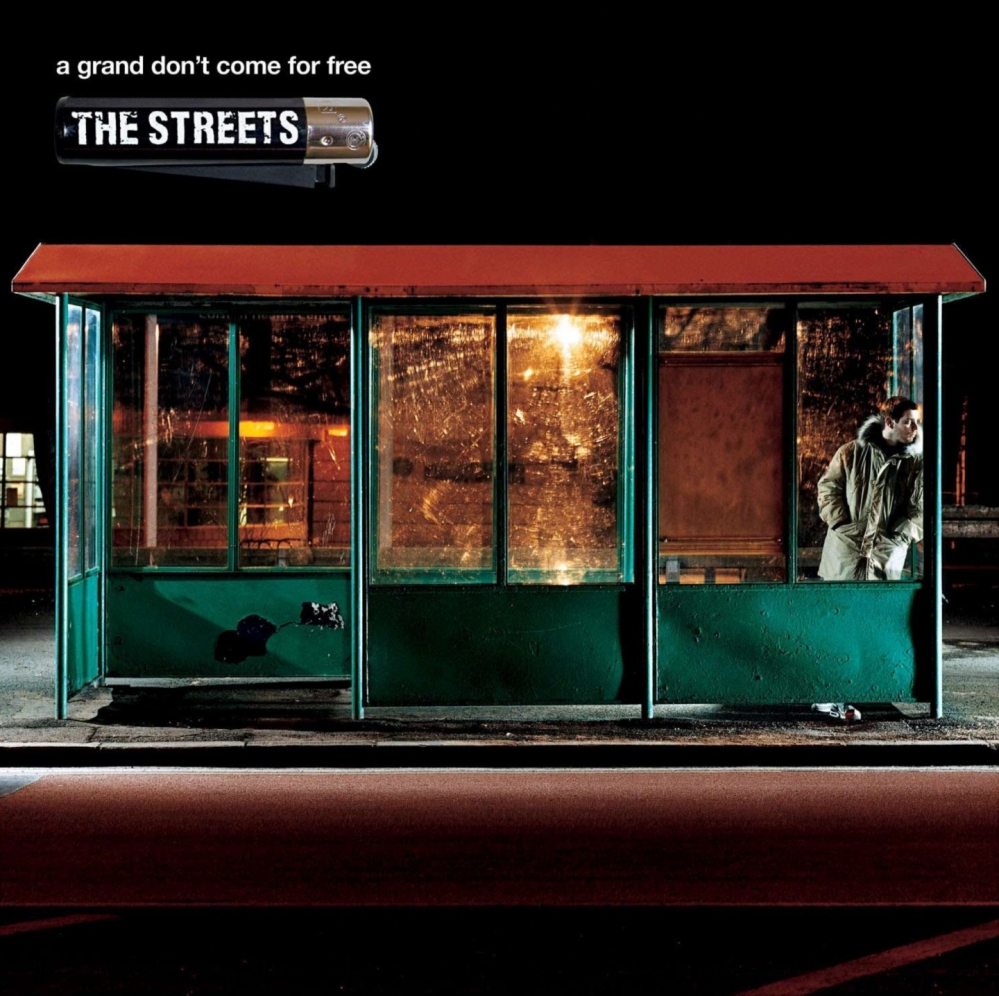
The secret to an iconic album sleeve
But what makes for a great album sleeve in the first place? “I’ve had loads of conversations with people around what’s iconic, they’re like you create ‘iconic sleeves’, and I don’t think you go out to create an iconic sleeve, things don’t really become iconic until they sell a lot of records.”
“So you know if it’s for Bill’s band down in Cardiff, that doesn’t become iconic but I think if you look at the top 100 covers or some of the more iconic sleeves, they are just really simple ideas with beautiful photography or pictures or illustrations; just a simple piece of type. And they share that similarity; just simplicity.”
'You’ll be surprised how open people are when you approach them'
“You’ve just got to do it and not be afraid to message people and bands you like, more often than not they’ll get back to you. You’ll be surprised how open people are when you approach them as well.”
Having experienced the music industry for over fifteen years and now working as a commercial freelance photographer, Alex is one of the newer Creative Commission members and has been applying to briefs on the site.
His advice to other creatives looking to build their portfolios and those starting out may seem obvious but you’ll never know where one conversation might take you.
“You must know friends, maybe in the music industry, start making some stuff for them, and have a look at stuff that’s been done before and gone before and take reference from that really. Once you’ve got three or four projects, a body of work, you could put it on the Creative Commission website and get some work through that.” We can’t argue with that.
